The writing process is a personal journey for each author. Some writers are meticulous planners, plotting every detail of their story before they begin. In contrast, others will write by the seat of their pants, without any idea of where the story will end up. Most authors lie somewhere in between. However, no matter the category you land in, there are benefits to planning at least some parts of your book before you begin writing.
Of the several techniques to help you when planning your book, two techniques are brainstorming and outlining. Even if you happen to be more spontaneous than a rigid planner, you should give one of these techniques a try to see if it improves your work.
Brainstorming – Books don’t just happen; they won’t just fall out of your head and write themselves. Wouldn’t that be great if they did? Brainstorming allows a free flow of ideas without any constraints from evaluation, organization, or judgments. It can be used any time throughout the writing process, when you lack ideas or if you have too many. You can brainstorm about your story, in general, or simply something more specific such as a particular character, setting, or chapter. There are several useful techniques for the brainstorming writer, such as freewriting, making lists, mind mapping, and asking questions.
Freewriting is where you set a time limit or a page limit and write whatever comes to your mind about the topic with no limits. Just keep writing a free flow of ideas.
With the list method, think on a topic, start listing ideas, set a number as your goal, and continue writing until you’ve reached that number. Don’t worry about the quality or order of your listing items; get them out onto the page, so you have them to play around with and expand upon them later.
Mind mapping is excellent for organizing your ideas. Begin with a circle in the center of a large blank page. Write your initial thought or central concept, and then branch off from there. Draw more circles branching from the first one, filling them in with related ideas or subplots. Expand on each idea, create more and more branches and associations. In the end, your page will be filled with ideas that will help you develop your story.
Another technique has you form questions rather than answers. For example, write down your topic, plot, or character, and then write six categories: who, what, when, where, why, and how. Write questions that need to be answered. For example, “What is the one thing the main character can’t live without?” “Where will the story unfold?” Give yourself a set time and write down as many questions as possible. In the end, explore deeper into some of the more interesting ones.
Outlining is a divisive topic for most authors. There are some authors who can’t work without outlines, while others can’t stand them. But most authors benefit from outlining or drafting a blueprint of their books. It is essential for authors who continually start projects but can’t figure out how to reach a completion point. There are several ways to outline, but the basics methods are classical, summary, and storyboarding.
Classical outlines are what most people visualize when they think about outlining – i.e., Roman numerals, letters, numbers for headings, and subheadings. This is highly organized and relies heavily on sequential thinking. It is the most popular for nonfiction authors. This kind of prewriting organization brings clarity and structure to the story.
Summary outlines start by sequentially listing events or creating a working title for each of your chapters and listing them logically in order. Then write a summary of each chapter, clearly defining your goals.
- Nonfiction – list your resources as they would appear, including books, interviews, and web links.
- Novels – include the characters, settings, and chapter timelines.
- Memoirs – summarize essential life events. This type of outline is linear in nature.
Some authors combine classical and summary outlining for a more complete and detailed plot blueprint.

The last method I will discuss is index card outlining/storyboarding. This popular technique allows for a constant reorganization of ideas. Before you start, you’ll want to have at least some of the story’s elements figured out, like a basic beginning, middle, and end. Plus, any other ideas you’ve come up with while planning your book.
Start by creating short scene summaries on index cards or post-it notes. Then put them in order and rearrange them. Post-it notes are great to easily arranged on a wall while offering a visual way to follow the developing plot. If you’re software savvy, a program like Microsoft’s PowerPoint or Mac’s Keynote allows you to create cards electronically for as much rearranging as needed. A storyboard will enable you to see your storyline from beginning to end physically and in front of you, allowing for easy editing.
Nonfiction – list your resources as they would appear, including books, interviews, and web links.
Novels – include the characters, settings, and chapter timelines. Memoirs – summarize essential life events. This type of outline is linear in nature.
For a smooth writing process and well-developed book, your best bet is to adopt most or some of the techniques discussed while planning your book.
For pricing on your finished book, click here.

